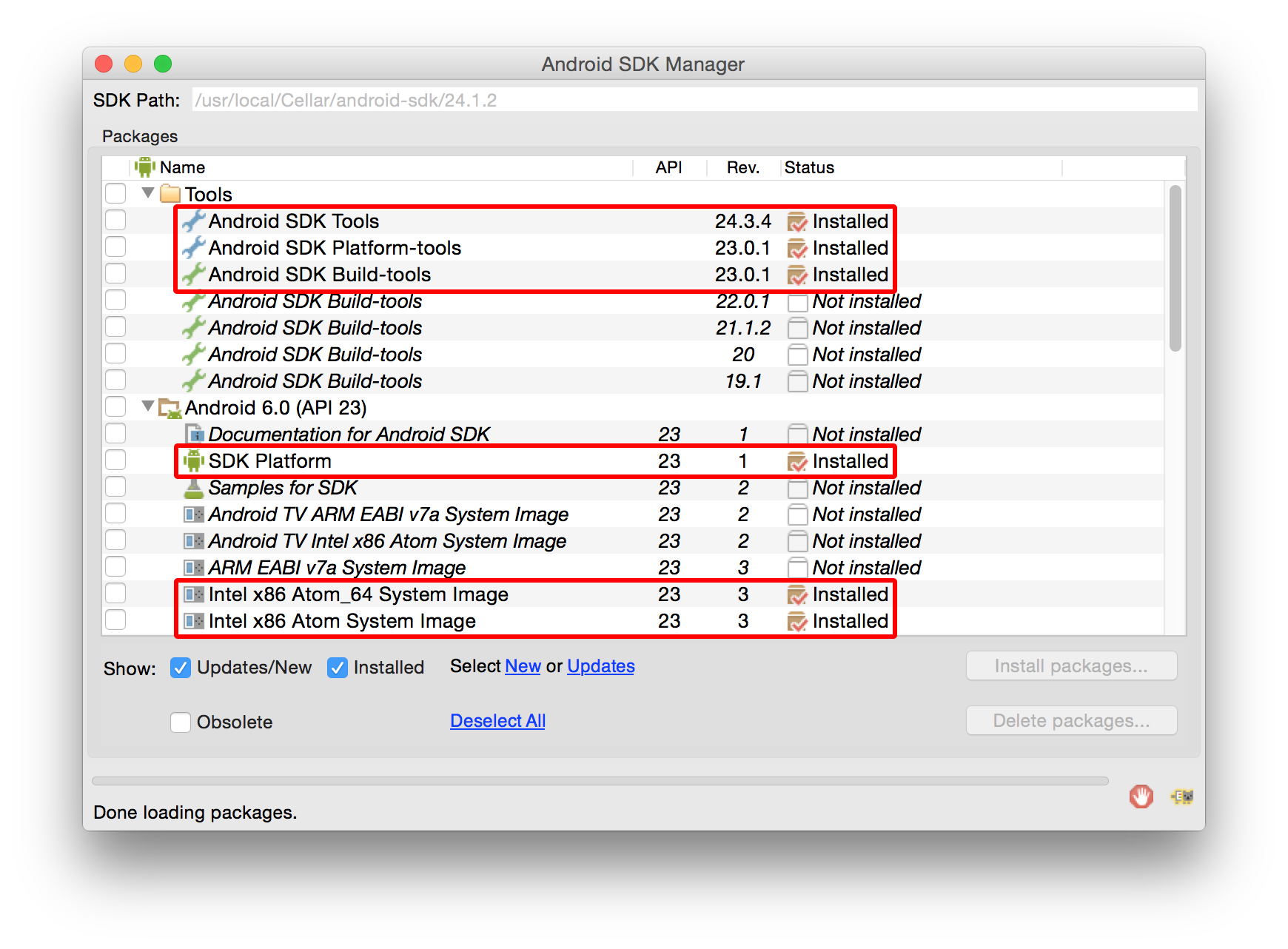
- React native android emulator mac install#
- React native android emulator mac archive#
- React native android emulator mac upgrade#
- React native android emulator mac full#
- React native android emulator mac pro#
React native android emulator mac archive#
Replace ~/path/to/template with the correct path to the folder where you extracted the archive downloaded from our server.Ĭan react native be used for building application for Apple TV and Android TV?

How connect react native to Android emulator?
React native android emulator mac upgrade#
If not, it’s probably better to wait for the second generation of the new chips with more ports and new design.īut, if you do need to upgrade straight away and you’re wondering whether to take the M1 or the Intel version: go for M1, everything’s going to be just fine.

Would I recommend it? Not really, unless you really need to upgrade your computer straight away.
React native android emulator mac full#
I’m now able to have a Zoom call while compiling a release build 🎉 Of course, the longer battery life that lets me do a full day of work (eight and a half hours) and still has 15% in it is a great bonus. Summaryįor me it was obviously a great productivity boost to get a faster system like that. It’s also been my workflow before switching to ARM, so that’s not much of a problem for me. Less hassle and faster, more reliable testing. Personally, I’m sticking with running my Android apps on a real device. I did manage to use it to run the app I’m currently working on, though. But don’t get your hopes up too high as there’s already a list of known issues (no webviews and no sound being probably the biggest dealbreakers for me) and no activity in the repo in the past month and a half. There is a ray of hope with some preview versions of Android emulator for Apple M1 coming from Google (or at least from a GitHub account of someone working at Google). While the Studio initially installed without problems, when installing emulators I hit the real issues: the emulators that come with Android Studio don’t run on ARM Macs at all. iOS was (unsurprisingly) straight-forward, but Android posed some problems. Setting up a x86-64 compatible terminal Emulatorsįor React Native dev of course I need to set up both native mobile dev environments. That meant it would probably be a bit slower, but much more reliable. That means anything run in this terminal will go through x86-64 emulation. I quickly uninstalled everything, duplicated my iTerm installation and marked the checkbox “open with Rosetta”.
React native android emulator mac install#
While homebrew itself gave no problems and I was able to install git, the second item on my personal workflow ( fnm) failed.

I hit this initially when using homebrew to install my usual dev environment. We tend to use a bunch of obscure command line tools and it could be enough for one of them not to work with the ARM architecture to render your whole workflow useless. This is especially important for developers. In this case, it lets the ARM processor run code prepared for x86-64. However, Apple wrote an emulator (again) that lets you run existing software on the new architecture. New chip architecture means that a lot of developers would need to upgrade their apps, right? Right. So, if your main question is: can I use an M1 machine to develop React Native apps? The answer is simple: sure, go ahead. I am usually very sceptical about getting a first edition of anything, but after the great reviews those new chips got I gave in.

React native android emulator mac pro#
Especially since my day-to-day work machine was a 2015 13-inch MacBook Pro that sounded like a jet about to take off whenever I was compiling a release build, or retouching photos. After Patryk’s article on new M1 Macs I knew I want to get my hands on one of them.


 0 kommentar(er)
0 kommentar(er)
